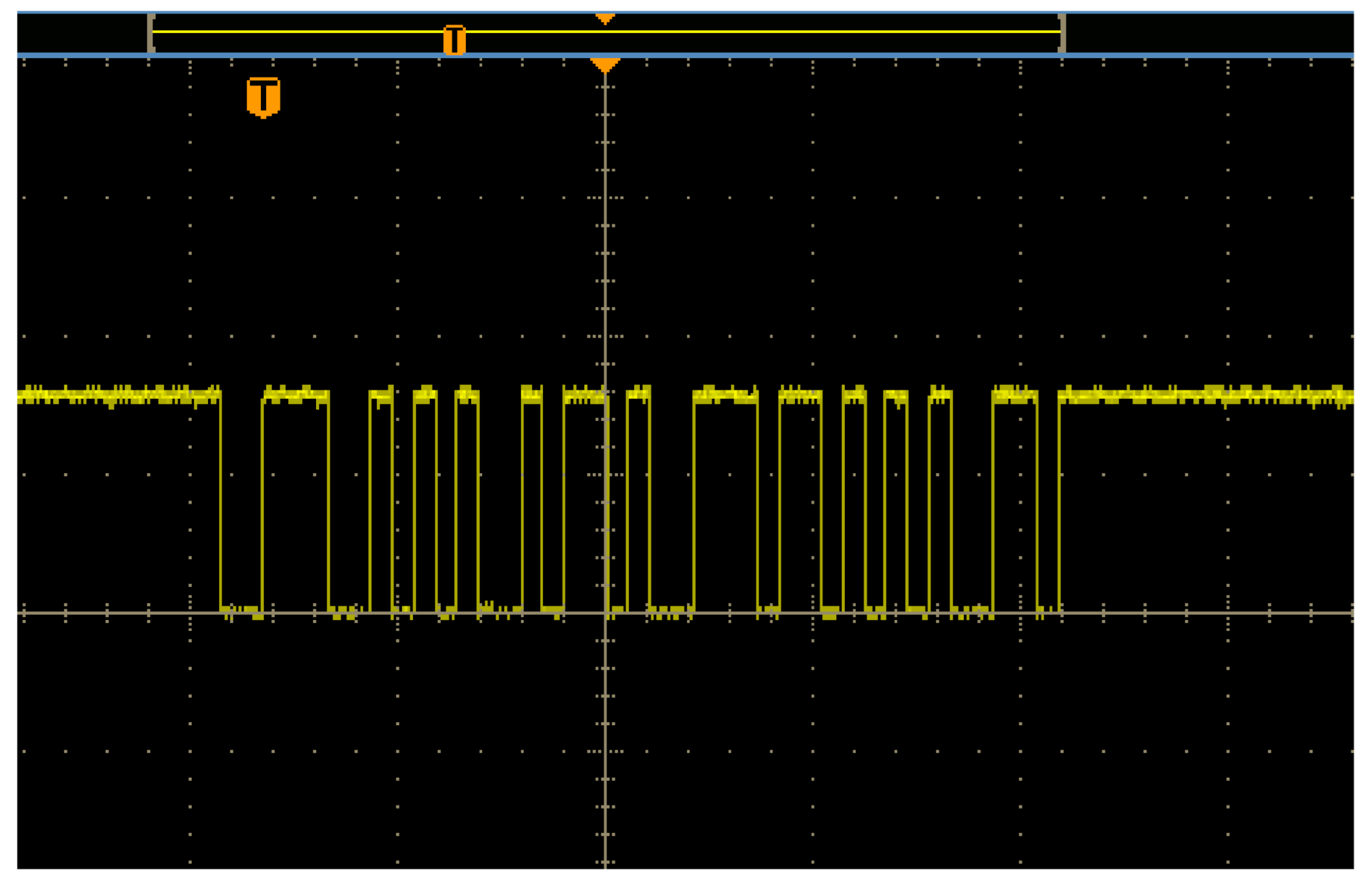
- #How to crack a daw with hex fiend how to
- #How to crack a daw with hex fiend upgrade
- #How to crack a daw with hex fiend pro
- #How to crack a daw with hex fiend software
- #How to crack a daw with hex fiend Pc
In many cases their internal height clearance is insufficient to allow the fitting of a quiet CPU cooler, which most studio owners would wish to fit in place of a noisy stock unit. The chief problem with these cases is that they cannot accommodate PCI audio and graphics cards, except perhaps on a horizontal riser which obscures the other expansion slots. These cases are not particularly useful for studios, except in some specialist applications, such as headless nodes for disk-streaming samplers. The fact that data-centre space is priced in 1U increments has meant that a lot of server cases are thin, typically only 1U or 2U in height. Secondly, server cases are not usually optimised for quiet operation, since server 'data-centres' assume high CPU density and extreme amounts of cooling, usually in air-conditioned buildings. Firstly, cases intended for servers are likely to be deeper than many audio cabinets and flightcases allow clearance for, due to the large EATX dual-processor motherboards that server cases are often designed around.


#How to crack a daw with hex fiend Pc
When converting your PC from tower to rackmount, or building a rackmount machine from scratch, there are a few factors to bear in mind.
#How to crack a daw with hex fiend upgrade
If you're performing a conversion from a desktop case, you'll probably already have a PSU that will fit, although you might want to take the opportunity to upgrade to a quieter or better-quality one.

However, unless you have very particular requirements it will almost certainly work out cheaper to buy a rackmount case 'off the shelf', with prices starting at well under £100 for cases without power supply units. There's even an international standard to make sure your gear will fit - it's IEC (International Electrotechnical Commission) standard number 60297, which you can look up on the web if you're handy with metalwork and fancy building your own case. Since the dot-com boom there's been a massive demand for low-cost web-server hardware, which means that these rackmount cases are now only marginally more expensive than regular PC cases of equivalent quality. Here, on a Tyan S2875 dual-Opteron motherboard, two Akasa heatsinks have their fans mounted in a push-pull configuration.Fortunately, there is a wide range of purpose-built 19-inch (482.6mm) rack cases on the market, due to the fact that audio racks have the same width and mounting-hole spacing as racks designed for servers. Stock CPU coolers can be replaced with more efficient models for quieter performance. Server case fans are designed for high air volume, not quiet operation - so we can replace them with lower-speed versions, or use a fan-speed controller. If the case is really flimsy, there might not even be anything strong enough to attach a bracket to. For another, you probably won't want to drill your case to make it secure. For one thing, CDs will probably fall out when you eject them, if the optical drives are now mounted vertically. While you can make your own rack brackets, or put a tower on its side in a rack tray, this is far from ideal.
#How to crack a daw with hex fiend pro
It seems the studio market just isn't big enough to interest the large PC manufacturers, and even the new Intel-based Mac Pro comes in a tower case. The cheaper cases can be quite flimsy, often being made of plastic panels push-fitted to a thin steel chassis. As the mass market in PCs has brought prices down, corners have been cut on the materials bill. Unless you bought your PC from a specialist studio supplier, it's likely to be built into a tower or desktop case. Just imagine how long it would take to get up and running again if you lost everything on your PC tomorrow possibly weeks, or even months. In an ideal world we'd take an off-site backup of all our data every day, but in practice most of us don't.
#How to crack a daw with hex fiend software
Losing hardware and software is bad enough, but no amount of insurance cover can replace studio projects stored on a stolen hard drive.

If your studio is the kind that has people walking in and out with gear every day, or you are unlucky enough to live in an area where burglary is common, a sturdy rack case combined with a fixed cabinet and a set of security-headed bolts could help preserve your investment.
#How to crack a daw with hex fiend how to
Here's how to perform the conversion, and potentially make your PC quieter at the same time. Apart from getting the machine out from under your feet, and making it easier to take on the road in a flightcase, there are security benefits too. Putting your PC in a rack has a number of advantages.


 0 kommentar(er)
0 kommentar(er)
